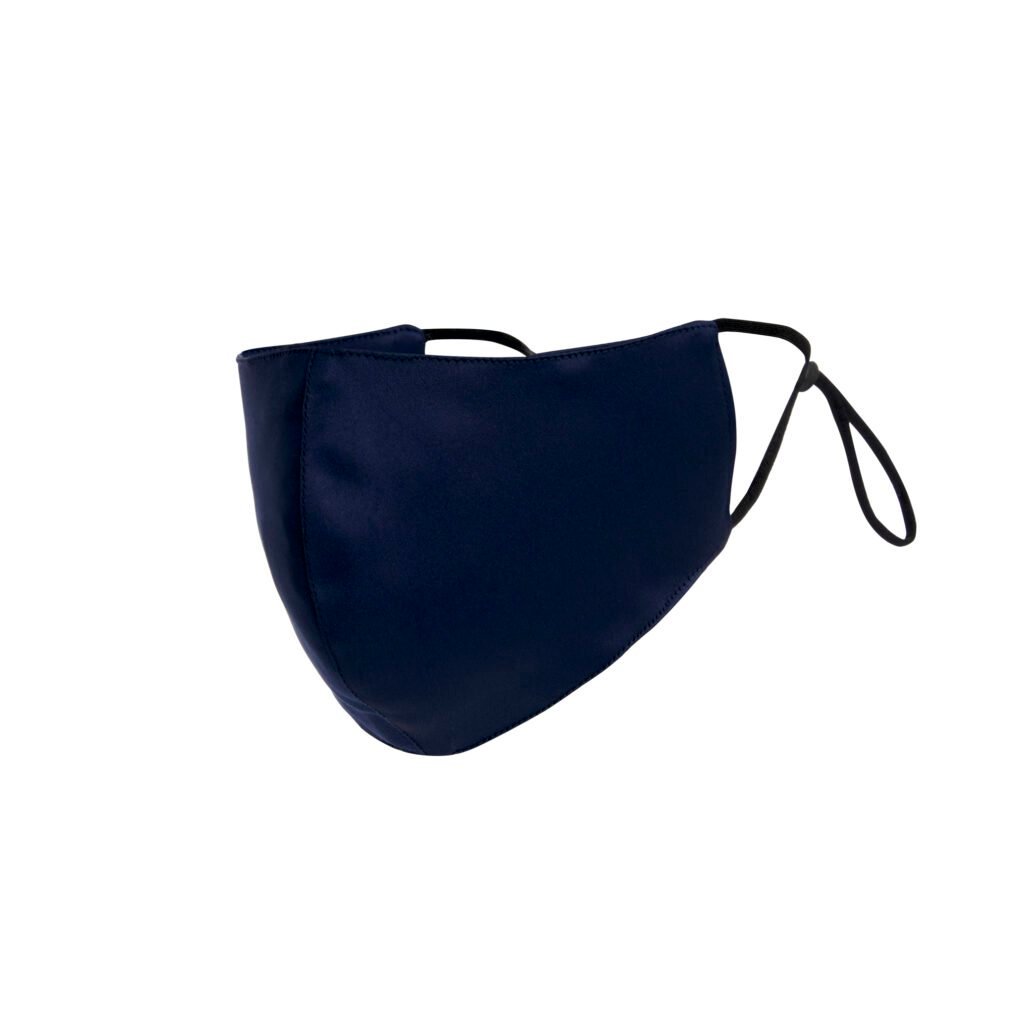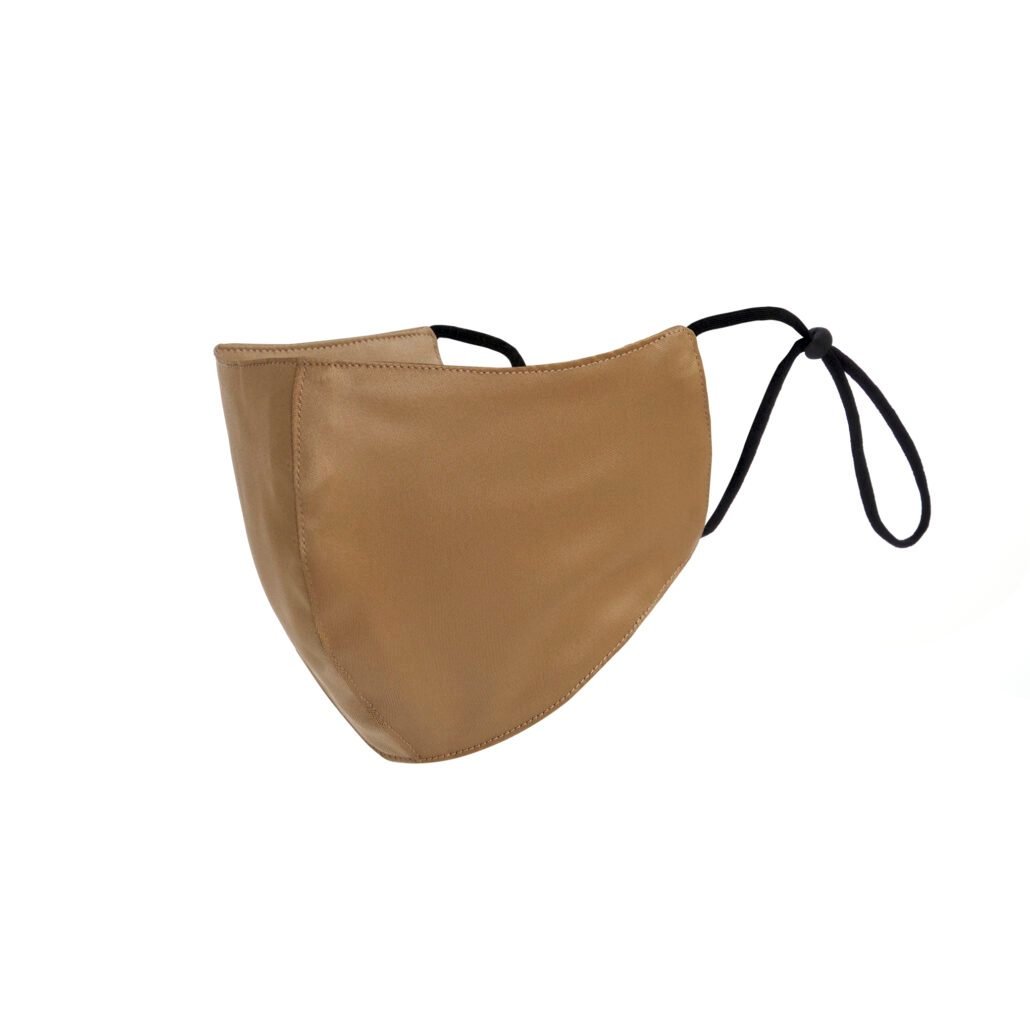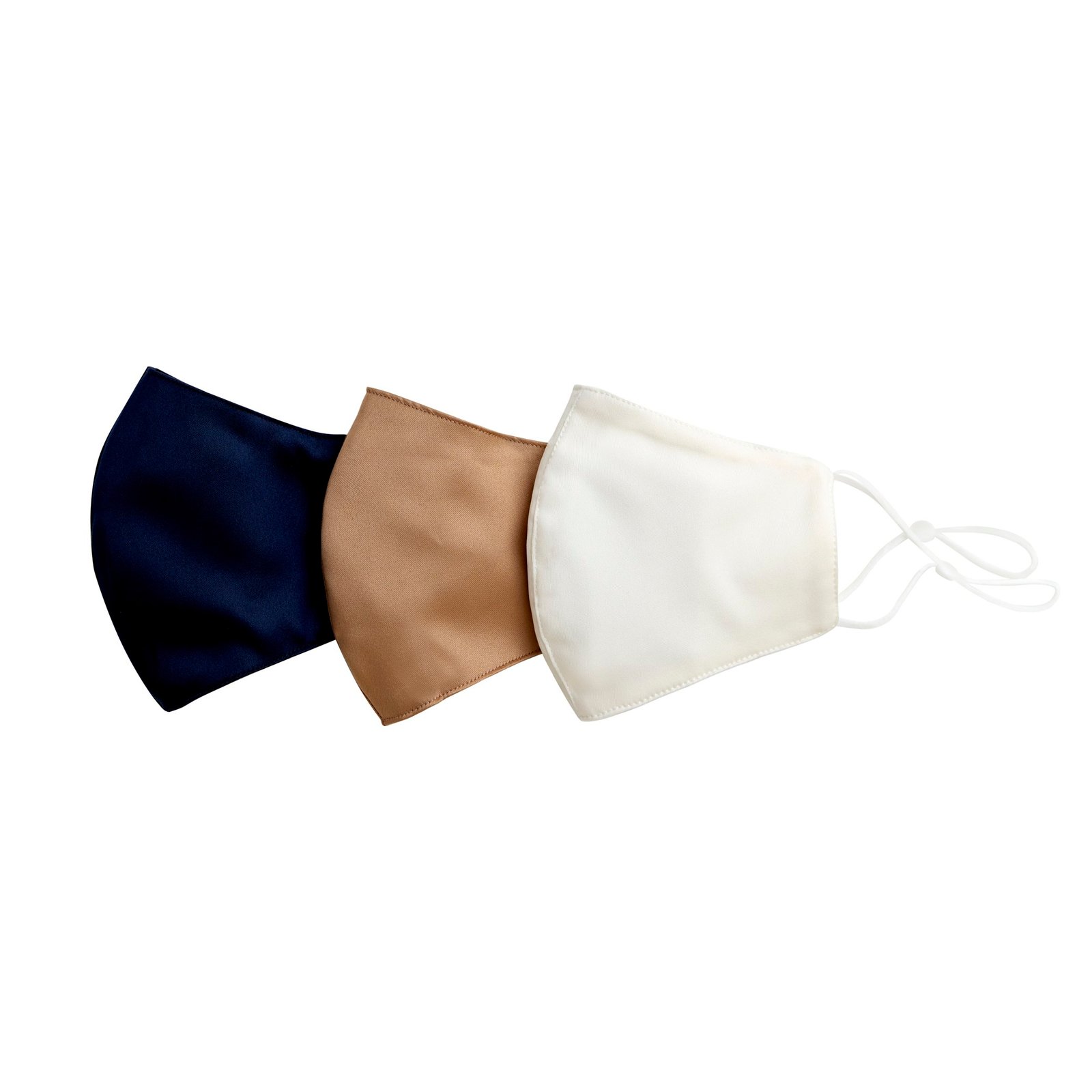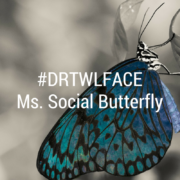The Best Anti-Maskne Face Mask
In this article, we will go through causes of maskne, the design of a 3d mask, and introduce the best anti-maskne face mask. Including references from Dr. Teo Wan Lin’s white paper on “The “Maskne” microbiome – pathophysiology and therapeutics” published in the International Journal of Dermatology.
What is maskne?
Universal mask-wearing has become one of the public-health recommendations critical in reducing spread of COVID-19. Maskne refers to a form of acne-mechanica caused by textile-skin friction.
What is the difference between maskne and regular acne?
According to Dr. Teo’s white paper “Diagnostic and management considerations for “maskne” in the era of COVID-19” in the Journal of the American Academy of Dermatology, the distinct pattern of development of maskne is in the O-zone. In short, if you see exacerbation of acne over the marked area of the O-zone – the area covered by a mask – that is likely to be maskne.

Fundamentally, the cause of maskne is through disruption of the skin microbiome. Genetic and external factors such as pH, temperature, etc. influence the skin microbiome. These are all susceptible to change with the occlusive environment of mask-wearing and retention of biofluids.
Are those with acne-prone skin more likely to develop maskne?
If you have been suffering from breakouts before starting to wear a face mask, wearing a face mask will certainly exacerbate your condition. In essence, what people fail to realize is that acne is not just an external condition. Individuals who are genetically predisposed to developing inflammatory acne are more likely to develop maskne.
What are the skin conditions that can arise from heat and sweat?
Wearing a fabric face mask will lead to increase in skin temperature and sweat retention in normal individuals. Furthermore, it will also worsen symptoms for those with facial hyperhidrosis. To illustrate, hyperhidrosis refers to excessive sweating to maintain a normal body temperature.
The effects of increased skin temperature can trigger conditions such as miliaria rubra and cholinergic urticaria. Miliaria rubra, or prickly heat is a type of heat rash. In short, blockage and inflammation of the sweat ducts trapping sweat under your skin causes this condition. Cholinergic Urticaria is a type of hives brought on by raised temperature. It appears as itchy rashes on the skin.
Additionally, the moist warm environment created by mask wearing increases susceptibility to fungal or yeast infections.
Why does the fabric of your mask matter?
All things considered, wearing the wrong type of fabric mask can lead to allergic contact dermatitis – a form of eczema caused by an allergic reaction to a material. Given the close proximity of the mask with the facial skin and the nose and mouth, it is important to consider dermatological recommendations for the fabric of your face mask.
Unsurprisingly, disperse dyes are leading causes of textile-related positive allergic patch tests. Additionally, contaminants, dyes, and chemicals from textiles also have the potential to pose health risks via permeation into the skin and reaching the circulation system.
Why do biofunctional textiles make the best face masks for acne-prone skin?
While natural fibers like cotton, linen or silk offer greater breathability compared to synthetic fibers, they increase saturation levels of the skin. However, with recent developments in material technology, biofunctional textiles like the Zincool zinc nanoparticle mask can have cooling coefficient, moisture and air permeability functions, ensuring comfort and breathability.

The ZINCOOL™ zinc nanoparticle impregnated fabric is self-cleaning with whiter than white technology, and incorporates superior skin cooling, creating a highly breathable skin microenvironment, with super evaporation coefficient.
Moreover, textile-skin friction can lead to several dermatological conditions such as eczema, acne-mechanica, and post-inflammatory hyperpigmentation. It may also worsen symptoms in inflammatory conditions such as rosacea or perioral dermatitis. Therefore, biofunctional textiles such as CUIONS and ZINCOOL make the best face masks for acne-prone skin as they have a smooth surface and tight weaves, decreasing friction against the skin.
Sun protection
Water-resistant sunscreen worn under the moist conditions of the face mask can increase comedogenicity, worsening the development of maskne in acne-prone skin. Therefore, ultraviolet-protective fabrics for face masks for acne-prone skin should be the primary way to protect your skin from the sun for the lower half of your face. To illustrate, the CUIONS and ZINCOOL mask are specifically engineered to attain UPF50 certification, the gold standard in Uv-Protective fabrics.
3D Face Mask Design
Another key point is the design of your face mask. A smooth-surface design with minimal folds is recommended for minimal textile–skin friction, with a draw-string ear loop system to allow for individual adjustment. In other words, to allow for maximal breathability and comfort while speaking, a pattern with two separate panels of the fabric is ideal. Because, it follows the contour of the nose bridge and allows for comfortable air movement around the nose while minimizing spread of droplets.

The surface treatment of the OSMIUM BLUE™ CUIONS mask reflects light from all angles, creating a chameleon effect which changes with lighting. Its design is based on the Ideal Face Mask Design from Dr. Teo’s white paper on maskne published in JAAD.
Bactericidal activity
Particularly, biofunctional textiles that maintain antibacterial activity make the best anti-maskne face mask, as they can help to prevent dermatological conditions such as eczema and acne. For example, zinc oxide textiles were associated with rapid improvement of eczema severity. In short, this is thought to be related to its high antioxidative ability, and strong antibacterial activity.
Anti-aging
Copper nanoparticles are rigorously tested for the active release of copper ions that are clinicially effective for anti-ageing. To illustrate, it does this by promoting collagen production and reduces pigmentation. Also, adoption of biofunctional textiles into face masks that are anti-ageing and promote skin benefits can help to incentivise mask-wearing.

The CUIONS Copper Mask with a 3d mask design is form fiitted with adjustable ear loops. It is an anti-maskne face mask that also has anti-ageing properties.
Anti-maskne Face Mask
Biofunctional textiles with the incorporation of metallic nanoparticles like zinc, have anti-inflammatory and oil control properties. This is beneficial for maskne treatment. Research shows that zinc plays an anti-inflammatory role in acne pathogenesis by inhibition of leukocyte chemotaxis, lysomal enzyme release, and lymphocyte transformation; it also exerts a bacteriostatic effect against P. acnes, inhibits vasoactive amines, and decreases sebum production3.
References:
1.Teo W. L. (2021). The “Maskne” microbiome – pathophysiology and therapeutics. International journal of dermatology, 10.1111/ijd.15425. Advance online publication. https://doi.org/10.1111/ijd.15425 [Pubmed]
2. Teo WL. Diagnostic and management considerations for “maskne” in the era of COVID-19. J Am Acad Dermatol. 2021;84(2):520-521. doi:10.1016/j.jaad.2020.09.063 [Pubmed]
3. Raghupathi KR, Koodali RT, Manna AC. Size-dependent bacterial growth inhibition and mechanism of antibacterial activity of zinc oxide nanoparticles. Langmuir. 2011 Apr 5;27(7):4020-8. doi: 10.1021/la104825u. Epub 2011 Mar 14. PMID: 21401066. [PubMed]









Leave a Reply
Want to join the discussion?Feel free to contribute!